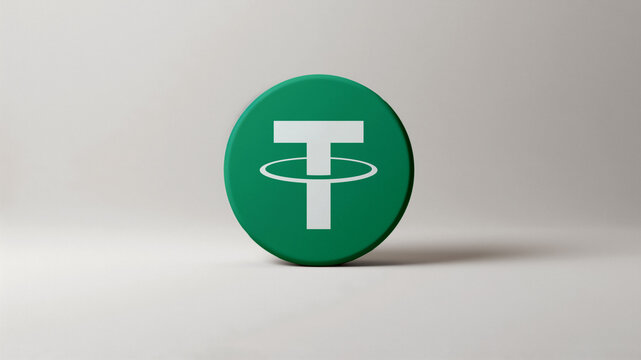In the ever-evolving landscape of digital currencies, stablecoins have emerged as a crucial bridge between traditional finance and the dynamic world of cryptocurrencies. However, amidst increasing regulatory scrutiny and rising demands for transparency, the stablecoin market is experiencing a shift. Tether, once a dominant force, is now facing formidable challenges from new and regulated stablecoins poised to reshape the sector.
The Changing Dynamics of Stablecoin Dominance
The Decline of Tether’s Stronghold
Recent research indicates that Tether’s longstanding supremacy in the stablecoin market is wavering. With emerging stablecoins such as RLUSD gaining traction due to regulatory backing, Tether’s market share is on a potential decline. As global regulations continue to intertwine digital assets with traditional financial norms, stablecoins like Circle’s USDC are carving out a niche, thanks to endorsements like the Markets in Crypto-Assets Regulation (MiCA).
In contrast, Tether’s USDT has been under scrutiny for its opacity regarding asset management, which has led to a gradual shift towards more transparent, regulated alternatives. The ongoing narrative suggests that Tether could continue losing its grip unless it aligns more closely with regulatory expectations.
Stablecoins such as USDP, PYUSD, USDG, and RLUSD are emerging as new contenders. These coins benefit from strong institutional relationships and are backed by liquid, high-quality reserves, making them attractive investments for those prioritizing security and regulatory compliance.
Tether’s Strategic Withdrawal from Key Blockchains
In response to the changing market dynamics, Tether, the largest issuer of stablecoins, is undergoing a significant transformation. The company has announced plans to relinquish support for USDT on multiple prominent blockchains, aiming to streamline operations and enhance network efficiency.
According to a report by the Phoenix Group, Tether will begin this transition by September 2025, discontinuing support for the Omni Layer, Bitcoin Cash, Kusama Network, EOS Network, and Algorand. This decision comes following a comprehensive evaluation of the firm’s infrastructure and represents a strategic shift towards more scalable and widely used networks.
Tether has advised users on these platforms to convert their USDT holdings to supported chains before the deadline to avoid potential losses. This move underscores Tether’s commitment to bolstering liquidity and security while responding to evolving community and technical requirements.
Why Are Regulators Focused on Stablecoins?
Regulators are concerned about stablecoins due to their potential impact on financial stability and the need for transparency in their asset backing. Ensuring that stablecoins adhere to strict guidelines helps mitigate risks in the broader financial system.
What Makes Circle’s USDC a Competitor to Tether?
Circle’s USDC is gaining traction due to its regulatory compliance and transparency in reserve management. These factors make it a trusted choice among investors looking for secure and regulated digital assets.
How Will Tether’s Withdrawal from Certain Blockchains Affect Users?
Users on the affected blockchains will need to migrate their USDT holdings to other supported networks before September 2025 to avoid asset loss. This adjustment aims to enhance operational efficiency and security across Tether’s network.
In summary, this detailed examination of stablecoin dynamics dives into Tether’s shifting strategy, emerging competitors, and the regulatory landscape shaping the future. For those navigating the crypto markets, staying informed is paramount to making strategic investment decisions.

